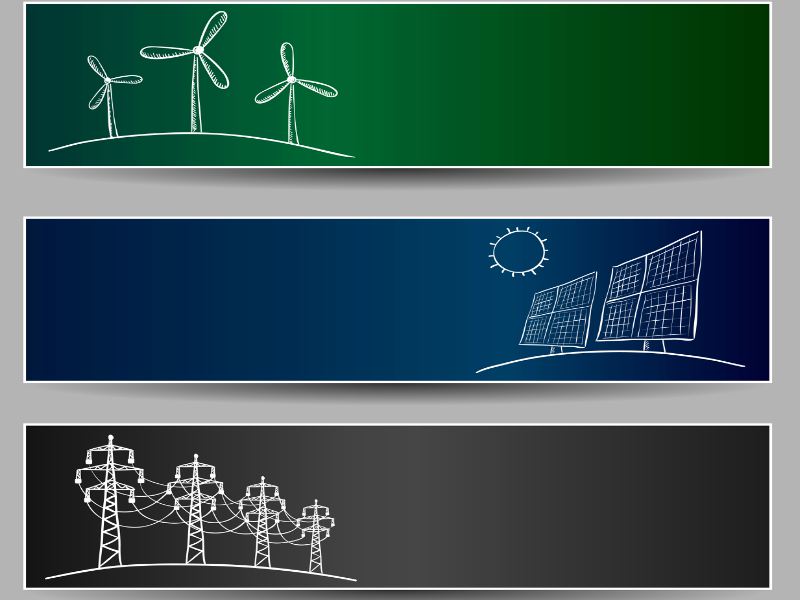The current generation, transmission and distribution model limits the impact of new generation capacity. Image credit: 123rf By Patrick Hirsh, Head of Project Finance, Bowmans South Africa and Aleem Tharani, Head of Projects, Energy and Infrastructure, Bowmans Kenya
Two major African energy markets that had lost their sparkle are seeking to rekindle consumer and business confidence. This article looks into how transparency and accountability can reignite energy markets in Kenya and South Africa.
Each in its own way, Kenya and South Africa are showing signs of emerging from the sector-wide issues that have been bogging down their economies. Why demand has dimmed in Kenya
In 2013, the Government of Kenya announced plans to add 5,000MW of new generation capacity to the national grid by the early 2020s, more than doubling the then existing capacity. That proposal has since been put on the back burner because of stagnating demand for electricity, particularly among existing large-scale industrial consumers.
Households in Kenya consume relatively little electricity. Average household consumption is estimated at around 30kWh per month. This is despite the trebling of the residential customer base of the national utility, the Kenya Power and Lighting Company (KPLC), which grew from two million households in 2011 to six million in 2017.
Issues with quality and reliability of supply are two of the reasons for reduced demand. Pricing uncertainty is another reason. KPLC routinely levies surcharges linked to oil prices and local currency fluctuations, pushing up electricity prices and presenting challenges in budgeting for businesses and households alike. Instability of the grid, and perhaps relatively high connection costs, also result in many people still living ‘under the grid’. Business base being eroded
The erosion of the Kenyan utility’s main revenue base continues. An estimated 55% of its revenues come from 3,600 large, mostly industrial power users, some of which are starting to migrate off the grid in favour of what they see as more attractive distributed generation options.
Not that distributed generation is without its shortcomings. Amid policy and regulatory uncertainty, there is a lack of transparency on power purchase agreements (PPAs) and utility expansion plans, and clarity is needed on policies to integrate distributed assets into the central grid.
Access to finance is also a challenge for smaller factories. Conventional capital from banks is practically unavailable for commercial and industrial projects, while private lenders offer expensive capital.
Some solutions, including much-needed transparency, might be on the way. […]
